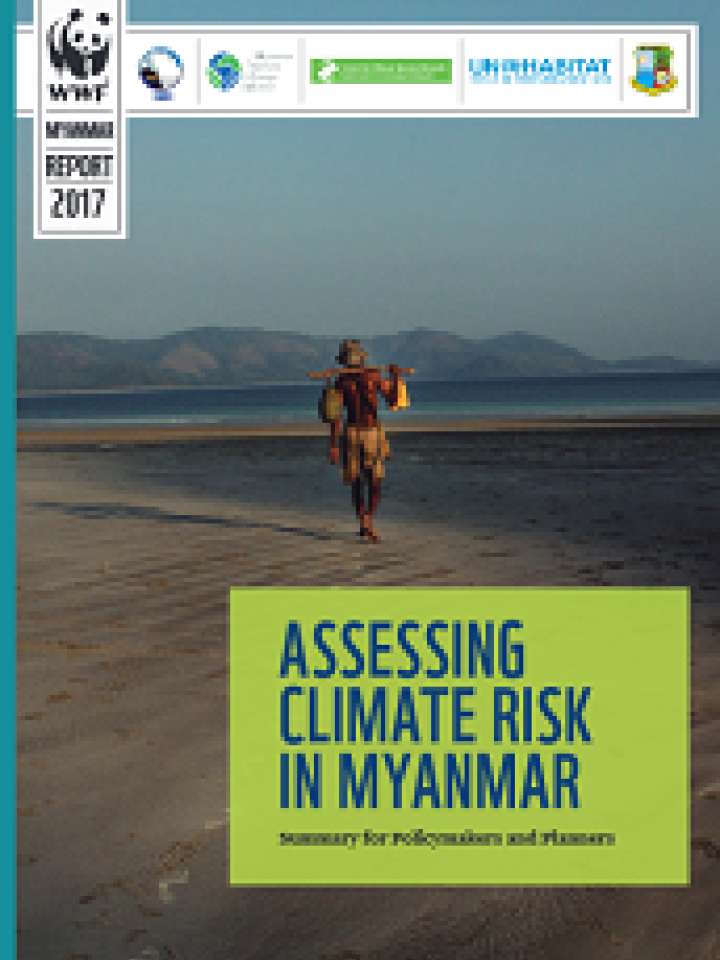Assessing climate risk in Myanmar: summary for policymakers and planners
This brief aims to help decision-makers across sectors in Myanmar incorporate climate change risks into planning and investment decisions by summarising key messages from a detailed technical analysis of climate change in Myanmar that is released alongside this report.
Specifically, this brief provides climate risk information. It highlights how climate change will affect key sectors, provides on-the-ground examples of how climate risk information is being used by the Myanmar Climate Change Alliance (MCCA) to support local planning, and supports a flexible adaptation approach, providing a range of possible future climates in Myanmar.
The study finds that many interventions will be required to address the risks identified in this brief and associated longer technical report. In general, decision-makers and planners in Myanmar should do the following:
- Change practices in specific sectors, e.g. crop choices, planting patterns, and water-use efficiency for agriculture;
- Strengthen infrastructure, including the use of ecosystem-based adaptation approaches such as mangrove forests to help protect communities from frequent floods;
- Protect forests and other ecosystems that provide services that help build climate resilience for people, such as safeguarding clean drinking water and preventing erosion;
- Assess conservation strategies to support adaptation for ecosystems and biodiversity (e.g. wildlife corridors to upland or inland areas);
- Develop disaster preparedness and response strategies to cope with increasing heat stresses, changes in the hydrological cycle, and extreme events.
Explore further
